
The Power of Plasticity in Polyploid Persimmon
0 Comments
/
IN BRIEF by Jennifer Lockhart jlockhart@aspb.org
Most plants are hermaphrodites, producing perfect flowers with both male and female functions. In roughly 6% of plants, however, male (usually XY) plants produce only male flowers and female (XX) plants produce only female flowers. These dioecious plants…
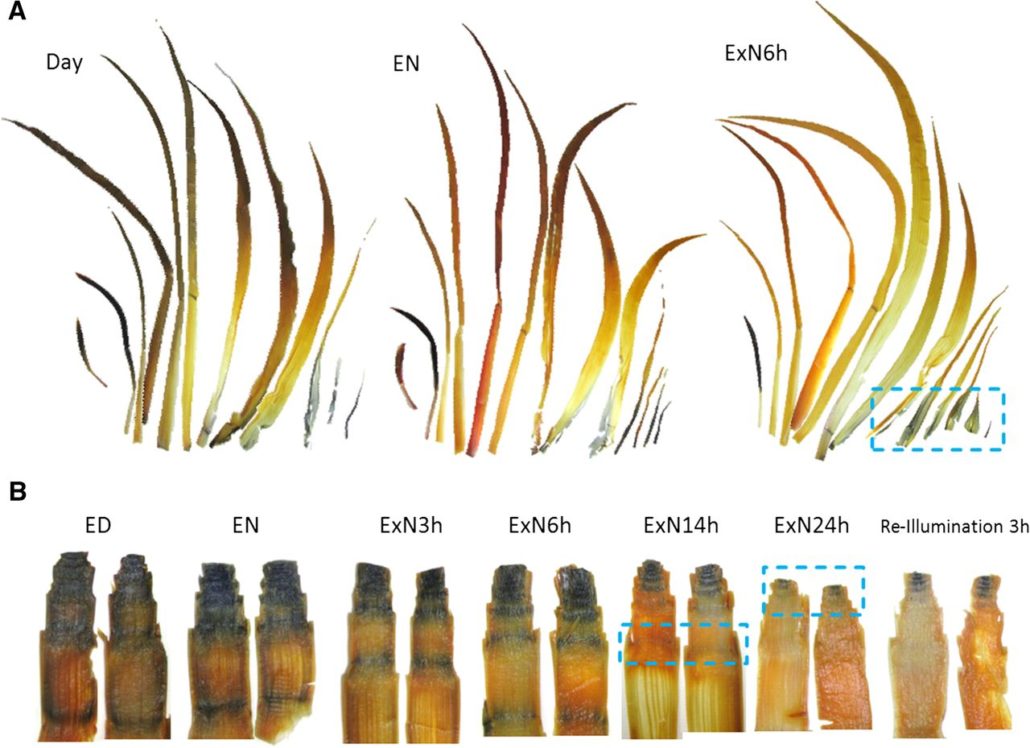
Best of 2016: Top Topics in Plant Physiology jounal
We’ve highlighted some of the Plant Physiology papers that were widely shared, liked, blogged, retweeted and otherwise garnered high-levels of attention this year. Perhaps you can use some of that holiday-season quiet time to catch up on those you missed.
The breakaway attention-getter from Plant…
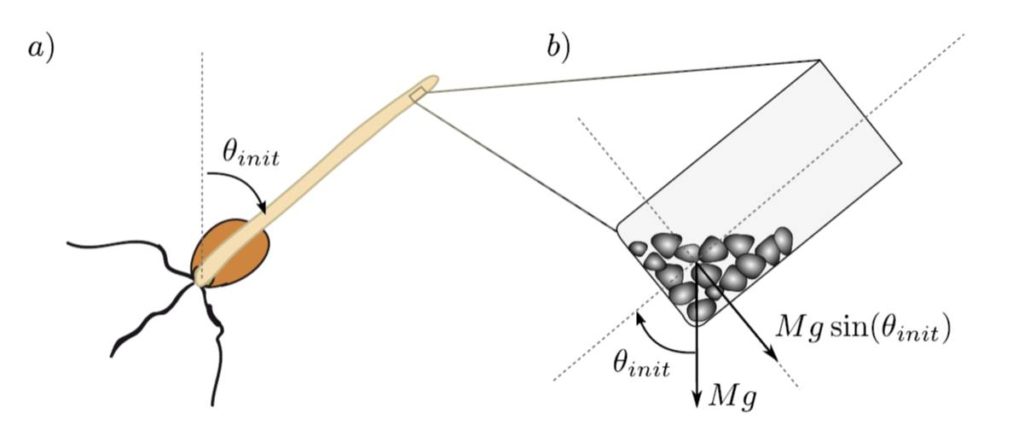
Inclination, not force, is detected in shoot gravitropism
Plant cells detect gravity as a consequence of the movement of dense starch granules called statoliths when the statoctyte, the cell that encompasses, them reorients. An open question has been whether the position of the statoliths within the statocyte or the force exerted by them is the primary gravisensing…
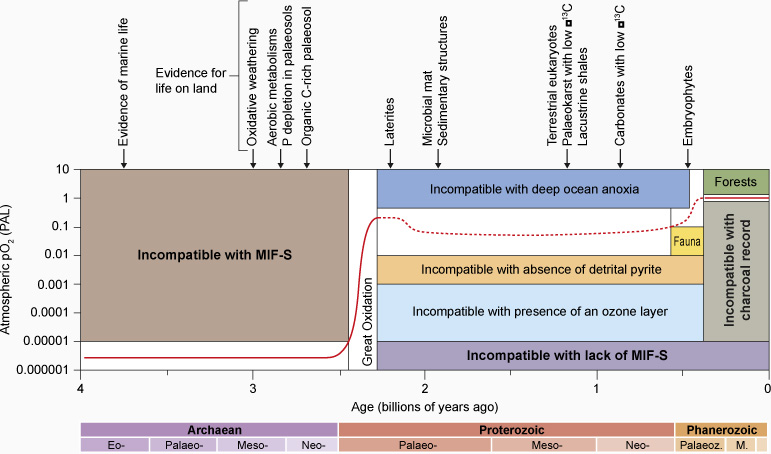
Review: Biogeochemical effects of early life on land
Earth colonization by life happened billions of years ago. Weathering of soils by microbial mats leave a characteristic signal that can be used to shed light on the mechanisms involved in colonization. In this review, Lenton and Daines discuss the growing mass of evidence that points to the biogeochemical…

Review: Endosperm and Imprinting
"The endosperm is often viewed as a complicated and rather strange tissue" begins this review by Gehring and Satyaki. They go on to describe that the endosperm is the site of expression of imprinted genes, which are genes that are expressed soley when inherited from the mother or father. The authors…
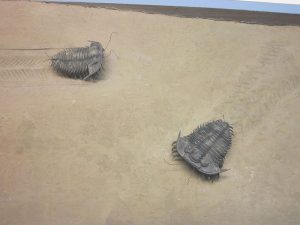
Pushing back the dawn of life
Our understandings of the forces that have shaped Earth and the forces that have shaped life on Earth have common roots. Charles Darwin was famously inspired by the work of early geologists such as Charles Lyell, who proposed that Earth was subject to slow but gradual change. This idea recurs in Darwin’s…

Adaptive evolution of complex traits explored through genome biogeography
It has been stated that adaptive evolution occurs in plant populations with respect to various complex traits. Olofsson et al. validated the hypothesis that different components of a complex trait can evolve in isolation and later be combined by gene flow by using C4 photosynthesis as a study system.…
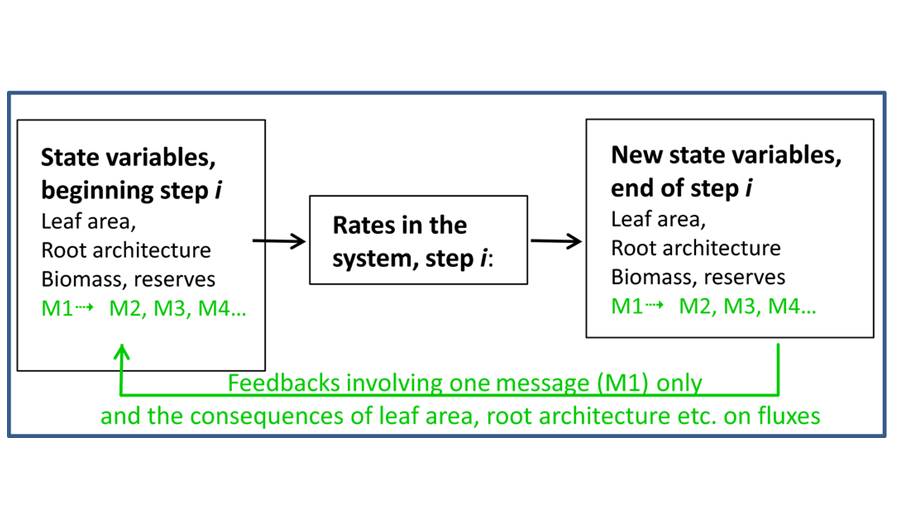
Commentary: Chemical nature of the root-shoot signals
Unravelling the mechanism and signals originating from roots and able to contribute to stomatal control has been the subject of research for decades. In this commentary, Tardieu summarizes and discusses many studies and models on root-shoot signals, including work in the same issue by Visentin et…

Review: Applications of plant volatile-mediated signaling
Smell is one of the many senses that insects use to locate the plants that they use as food sources. Plants have evolved ways to exploit insects’ sense of smell, for example by producing volatile compounds that attract pollinators. Pickett and Khan review plant volatile–mediated signals in terms…

